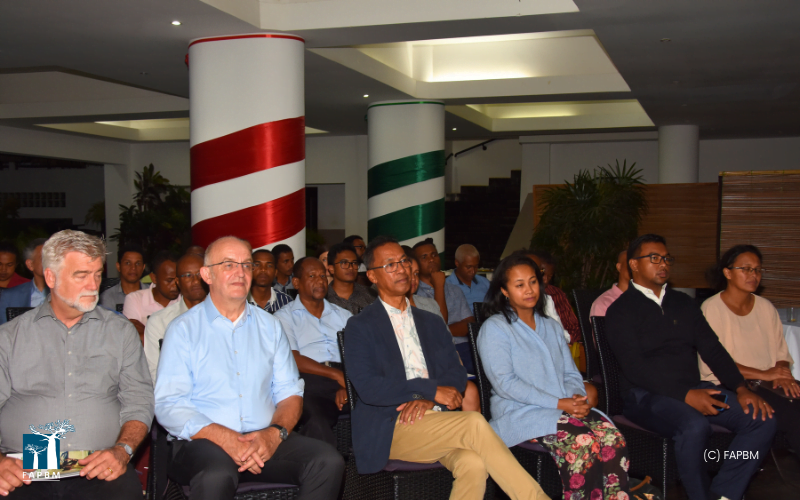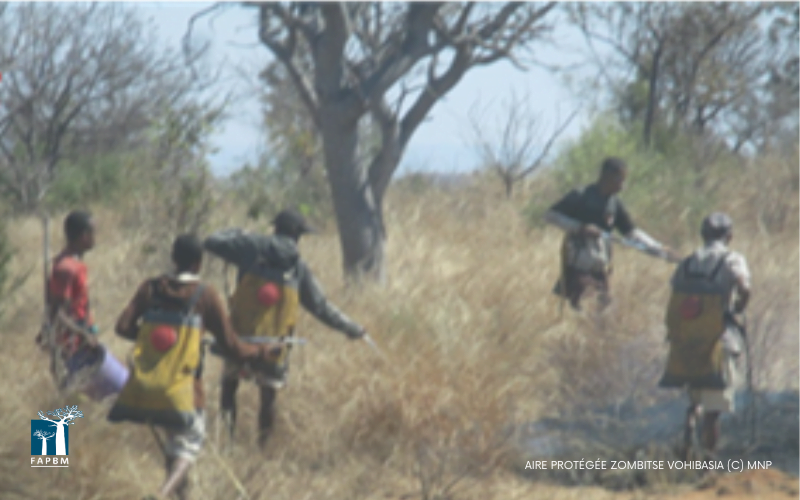Dear partners, As we close this year of 2023, which has been rich in achievements and challenges, I would like to take a moment to reflect on our shared journey and express my gratitude to each and every one of you who has helped to make this year a memorable one for the Madagascar Protected Area and Biodiversity Fund (FAPBM). This year has been marked by significant achievements and challenges successfully met thanks to the various alliances put in place, in particular, the financing of the Hempel Foundation and the effective implementation of the Fire Emergency Fund in favour of Madagascar National Parks (MNP), the Menabe Antimena Protected Area and the protected areas of the Boeny region. These are memorable initiatives that bear witness to our determination to preserve our natural wealth. FAPBM also highlighted the role of local communities as major players in conservation, thanks to the success of …
WORD FROM THE EXECUTIVE DIRECTOR, ALAIN LIVA RAHARIJAONA








